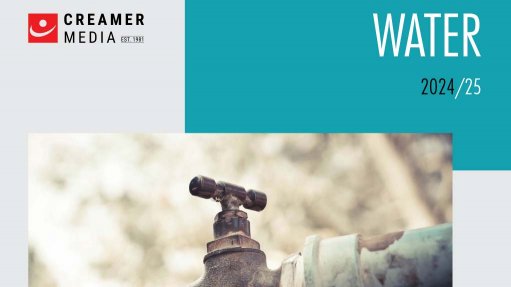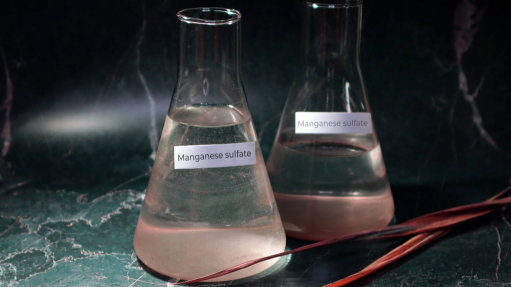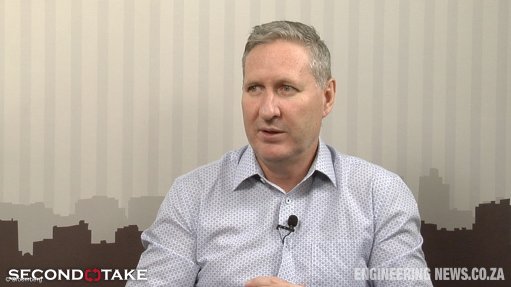UK researchers announce major advance in developing practical nuclear fusion reactors
The UK Atomic Energy Authority (UKAEA) has announced the successful testing of a new concept on its MAST Upgrade experiment, which could remove one of the major problems in the development of nuclear fusion energy. Currently, the world derives nuclear power from fission, which involves, to simplify, the ‘splitting’ of atoms. Fusion would generate nuclear power by smashing atoms together (which is what happens in stars and which gives them their energy). A major problem is the removal of excessive heat created during the fusion reactions. The UKAEA researchers have developed an exhaust device, called the Super-X Diverter, to do just this.
If it can be achieved, fusion offers enormous benefits. Its fuel would be gaseous hydrogen, ionised into a plasma, which would be controlled by magnetic fields. It would produce very little radioactive waste, which would be short-lived, becoming harmless in a few decades, and no greenhouse gas emissions. It would thus be able to provide huge amounts of clean energy.
Currently, the heat generated during fusion reactions puts enormous stress on key components in the fusion reactor system. This means that they have to be replaced at regular intervals, both reducing power-generation time and increasing maintenance costs. The Super-X Diverter system has been shown, in tests run in the MAST Upgrade machine since it started operations last October, to reduce heat on key components in the machine by at least ten times. The result is greatly increased power plant availability, reduced maintenance and so improved economic viability for fusion power.
“These are fantastic results,” enthused UKAEA MAST Upgrade lead scientist Dr Andrew Kirk. “They are the moment [sic] our team at UKAEA has been working towards for almost a decade. We built MAST Upgrade to solve the exhaust problem for compact fusion power plants, and the signs are that we’ve succeeded. Super-X reduces the heat on the exhaust system from a blowtorch level to more like you’d find in a car engine. This could mean it would only have to be replaced once during the lifetime of a power plant.”
The UKAEA is the British government agency responsible for the country’s research into civil nuclear fusion power. MAST is an acronym for Mega Amp Spherical Tokamak. The Tokamak concept, originally developed in the former Soviet Union, is one of the most promising designs for nuclear fusion. A standard tokamak is in the form of a ring (although from the outside this would not be obvious), within which plasmas are, by use of magnetic fields, contained, accelerated and then smashed together to trigger fusion reactions.
The Joint European Torus (JET) experiment, which is the largest and most successful fusion experiment so far, is a standard tokamak design. (JET and MAST are both located at the UKAEA’s Culham Centre for Fusion Energy, in England, but while JET is a pan-European project, MAST is a UK project.) The international (not just European) ITER fusion reactor, which is being built in the south of France, will also be a standard tokamak. A spherical tokamak, such as MAST, uses tighter magnetic fields, and so is much more compact than a standard tokamak.
The research from MAST Upgrade will be fed into both the ITER project, of which the UK is a member, and into Britain’s own national Spherical Tokamak for Energy Production (STEP) fusion programme. ITER, which is a fusion research and engineering megaproject, should start operating in December 2025, while STEP aims to have a prototype commercial nuclear fusion power plant operational by the early 2040s.
Comments
Press Office
Announcements
What's On
Subscribe to improve your user experience...
Option 1 (equivalent of R125 a month):
Receive a weekly copy of Creamer Media's Engineering News & Mining Weekly magazine
(print copy for those in South Africa and e-magazine for those outside of South Africa)
Receive daily email newsletters
Access to full search results
Access archive of magazine back copies
Access to Projects in Progress
Access to ONE Research Report of your choice in PDF format
Option 2 (equivalent of R375 a month):
All benefits from Option 1
PLUS
Access to Creamer Media's Research Channel Africa for ALL Research Reports, in PDF format, on various industrial and mining sectors
including Electricity; Water; Energy Transition; Hydrogen; Roads, Rail and Ports; Coal; Gold; Platinum; Battery Metals; etc.
Already a subscriber?
Forgotten your password?
Receive weekly copy of Creamer Media's Engineering News & Mining Weekly magazine (print copy for those in South Africa and e-magazine for those outside of South Africa)
➕
Recieve daily email newsletters
➕
Access to full search results
➕
Access archive of magazine back copies
➕
Access to Projects in Progress
➕
Access to ONE Research Report of your choice in PDF format
RESEARCH CHANNEL AFRICA
R4500 (equivalent of R375 a month)
SUBSCRIBEAll benefits from Option 1
➕
Access to Creamer Media's Research Channel Africa for ALL Research Reports on various industrial and mining sectors, in PDF format, including on:
Electricity
➕
Water
➕
Energy Transition
➕
Hydrogen
➕
Roads, Rail and Ports
➕
Coal
➕
Gold
➕
Platinum
➕
Battery Metals
➕
etc.
Receive all benefits from Option 1 or Option 2 delivered to numerous people at your company
➕
Multiple User names and Passwords for simultaneous log-ins
➕
Intranet integration access to all in your organisation


















